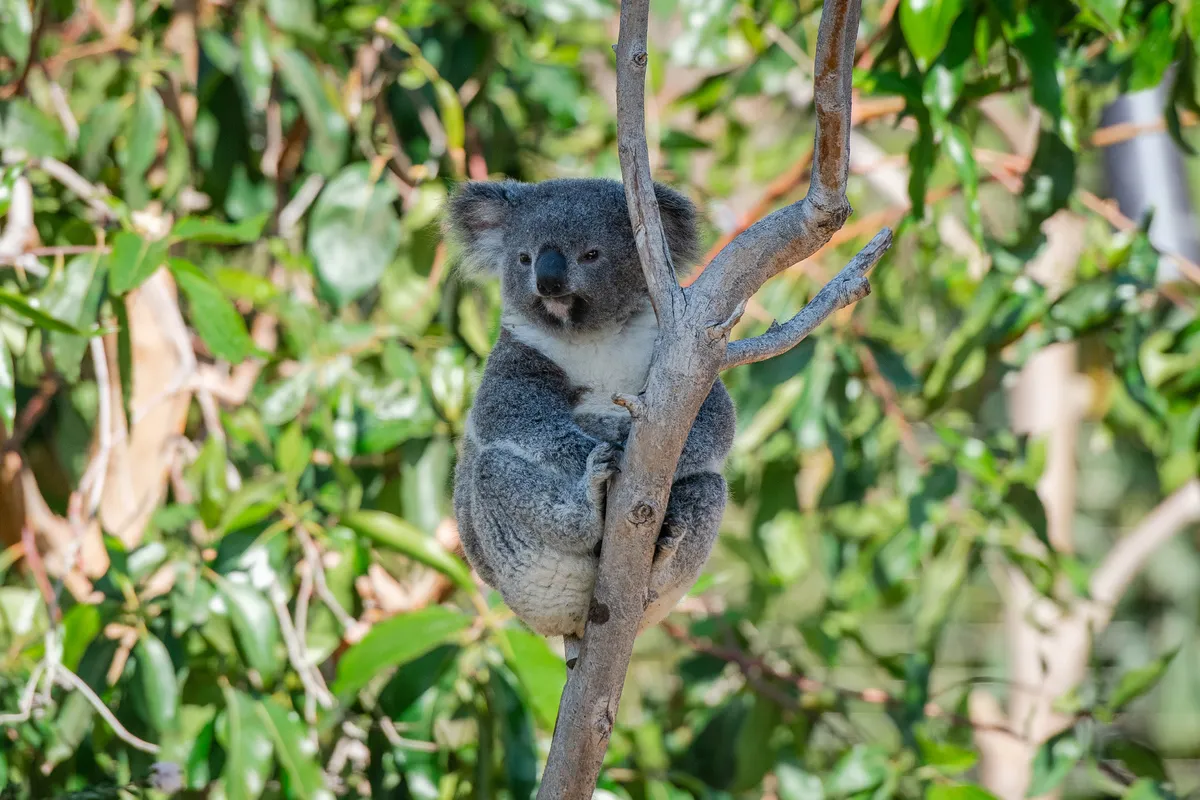Scientists led by the University of Adelaide have discovered that koalas on Kangaroo Island are free from infection by Chlamydia pecorum, whereas it is estimated that about half of all koalas on the mainland are infected.
The Australian Koala Foundation names chlamydia as one of the leading causes of population decline in koalas, being the most significant disease-causing death, and a major factor in population threat in northeastern Australia.
Differing from the chlamydia that infects humans, the strain infecting koalas can cause infections that can lead to blindness, pneumonia, and female infertility.
Facing recent population decline, koalas have been listed as Vulnerable by the International Union for Conservation of Nature.
“The impact of chlamydia on populations of koalas in Queensland and New South Wales is devastating, with high levels of severe disease and death, and common infertility,” said researcher Jessica Fabijan, PhD candidate with the University of Adelaide’s School of Animal and Veterinary Sciences.
This discovery could prove essential to the declining species as the new uninfected community on Kangaroo Island could be used for repopulation.

Introduced to the island in the 1920s in fear of extinction, koalas thrive on the island due to the lack of invasion by predators and humans.
A 2015 survey displayed that between blue gum plantations and the wild, there are about 50,000 koalas inhabiting the island.
A recent study in the Scientific Reports was conducted by the University of Adelaide’s School of Animal and Veterinary Sciences in collaboration with the South Australian Department for Environment and Water (DEW), the University of the Sunshine Coast and koala care volunteers.
The researchers captured wild koalas from both the Mount Lofty Ranges on the Australian mainland and Kangaroo Island. Each koala was checked by a veterinarian and tested for Chlamydia pecorum and koala retrovirus.
The study showed that 46.7 per cent of koalas from the Mount Lofty Ranges were positive for Chlamydia while all Kangaroo Island koalas tested negative for Chlamydia and no disease was observed.
“This is a very important finding because chlamydial disease is so prevalent and efforts to fight it have so far been unsuccessful,” said project leader Dr Natasha Speight, also from the University of Adelaide’s School of Animal and Veterinary Sciences.
This research meant one of the few, and likely the largest, Chlamydia-free population of koalas in Australia is the Kangaroo Island population.
“Future-proofing South Australia’s koala health is paramount to ensuring the survival of the species in Australia, given the marked decline in the eastern states,” said DEW koala spokesperson Brenton Grear.
Main image: Koalas. © Mathias Appel